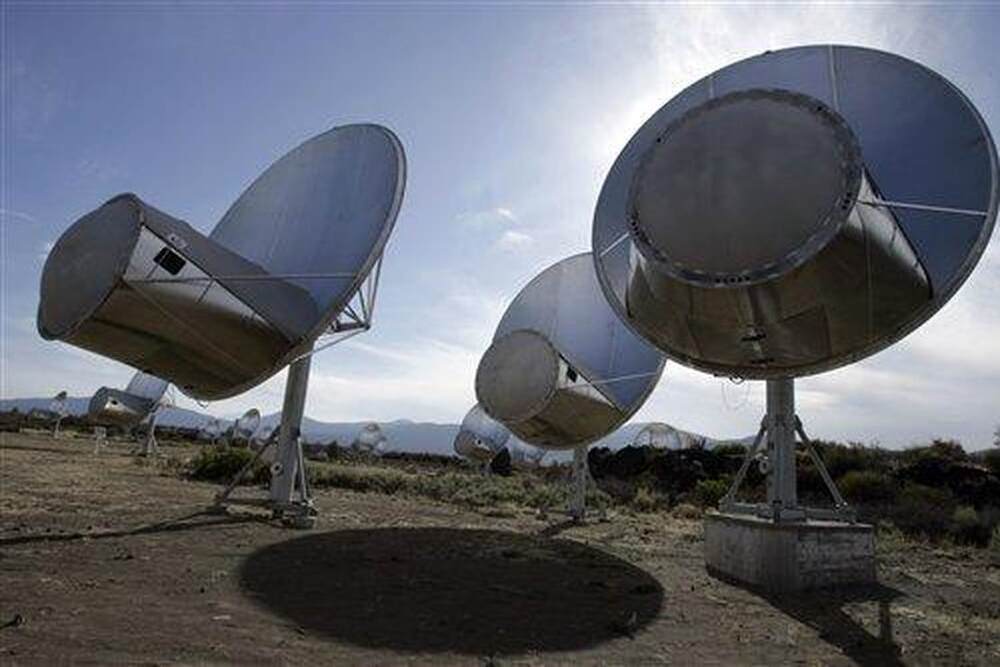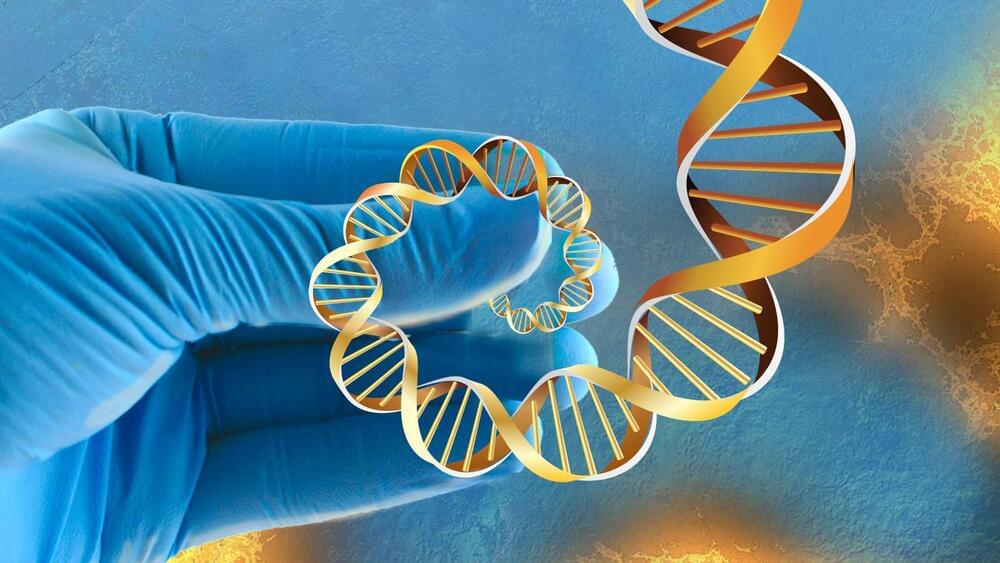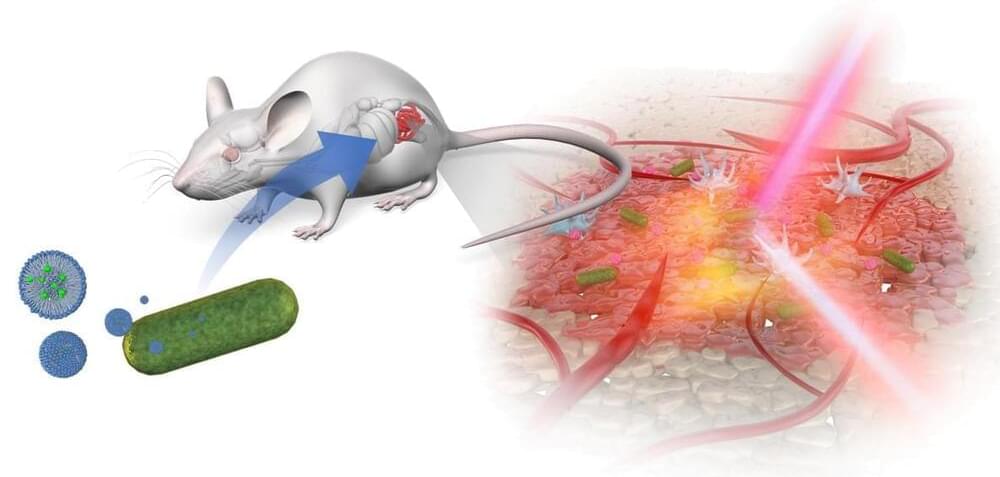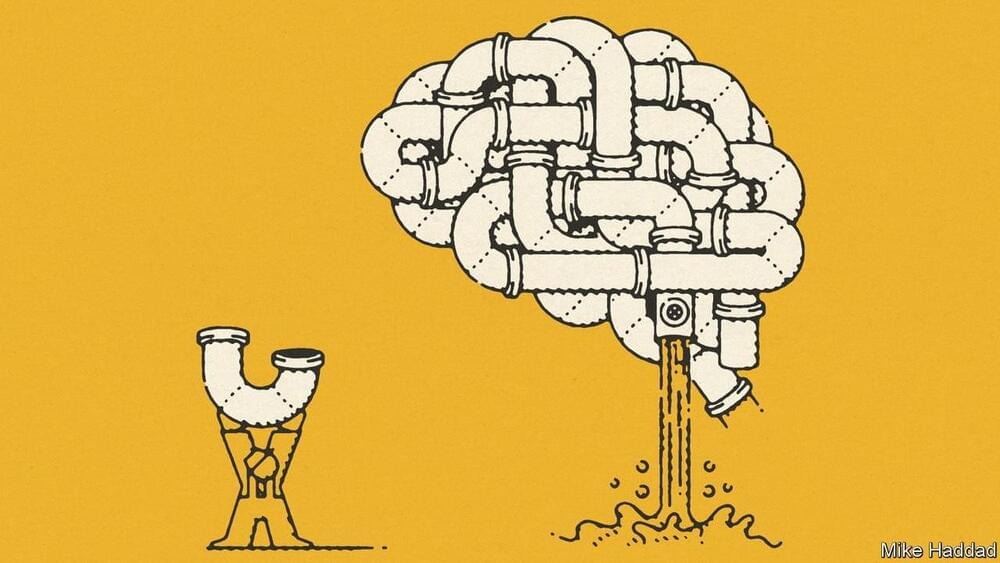What could possibly go wrong?
If only the American Indians had let Europe know of all their free land, and natural resources sooner…
Calling all beings.


The study also developed an automated diagnostic pipeline to streamline the genomic data— including the millions of variants present in each genome—for clinical interpretation. Variants unlikely to contribute to the presenting disease are removed, potentially causative variants are identified, and the most likely candidates prioritized. For its pipeline, the researchers and clinicians used Exomiser, a software tool that Robinson co-developed in 2014. To assist with the diagnostic process, Exomiser uses a phenotype matching algorithm to identify and prioritize gene variants revealed through sequencing. It thus automates the process of finding rare, segregating and predicted pathogenic variants in genes in which the patient phenotypes match previously referenced knowledge from human disease or model organism databases. The use of Exomiser was noted in the paper as having greatly increased the number of successful diagnoses made.
The genomic future.
Not surprisingly, the paper concludes that the findings from the pilot study support the case for using whole genome sequencing for diagnosing rare disease patients. Indeed, in patients with specific disorders such as intellectual disability, genome sequencing is now the first-line test within the NHS. The paper also emphasizes the importance of using the HPO to establish a standardized, computable clinical vocabulary, which provides a solid foundation for all genomics-based diagnoses, not just those for rare disease. As the 100,000 Genomes Project continues its work, the HPO will continue to be an essential part of improving patient prognoses through genomics.

The FAA has granted Iris Automation a second waiver for Beyond Visual Line of Sight (BVLOS) autonomous drone operations on behalf of the City of Reno. But while the previous waiver required the use of Iris Automation’s advanced detect and avoid solution Casia X, this one utilizes the company’s Casia G ground-based solution (pictured above).
The fresh waiver allows an operator to fly without the need for visual observers or the Remote Pilot in Command to maintain visual contact with the drone. Casia G uses Iris Automation’s patented detect and avoid technology to create a stationary perimeter of sanitized, monitored airspace, enabling drones to complete missions safely. The system also provides awareness of intruder-piloted aircraft to maneuver drones to safe zones.



Summary: 15 newly discovered “hotspots” in the genome that either speed up or slow down brain aging could be new targets for the development of Alzheimer’s medications and therapies for other brain disorders.
Source: USC
Researchers from a USC-led consortium have discovered 15 “hotspots” in the genome that either speed up brain aging or slow it down—a finding that could provide new drug targets to resist Alzheimer’s disease and other degenerative brain disorders, as well as developmental delays.


Artificial intelligence is a target for every existing industry Or is it just another hyped innovation? It comes with no surprise how AI today becomes a catchall term that is said out loud in the job market. The US and China are in nip and tuck in the AI race for supremacy. Although China aims to be the technology leader by 2030, the economy is still at a struggle phase with a slowdown and trade war with the US. Emerging trends in artificial intelligence (AI) significantly points toward having a geopolitical disruption in the foreseeable future. As much as the fourth industrial revolution augmented the rise of advanced economies, so will machine learning and artificial intelligence transform the world.
